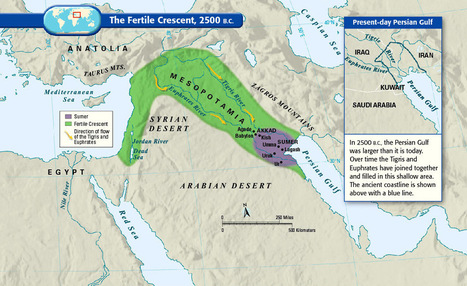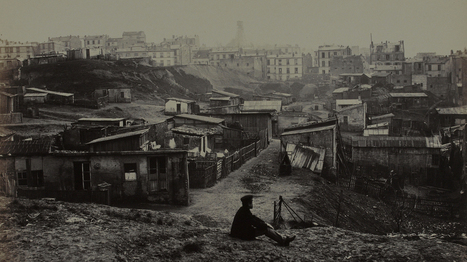"For centuries in early and middle antiquity, Europe meant the world surrounding the Mediterranean. It included North Africa, but the swift advance of Islam across North Africa in the seventh and eighth centuries virtually extinguished Christianity there, thus severing the Mediterranean region into two civilizational halves, with the 'Middle Sea' a hard border between them rather than a unifying force. Islam is now helping to undo what it once helped to create. A classical geography is organically reasserting itself, as the forces of terrorism and human migration reunite the Mediterranean Basin, including North Africa and the Levant, with Europe."
Via Violaine Maelbrancke



 Your new post is loading...
Your new post is loading...
















The Atlantic
@TheAtlantic
Politics, culture, business, science, technology, health, education, global affairs, more. Tweets by @CaitlinFrazier
Washington, D.C.
theatlantic.com